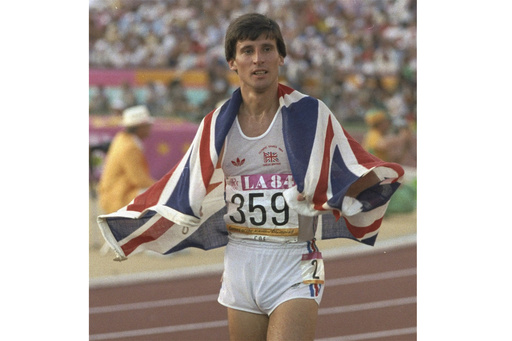Track and field is moving closer to implementing new regulations that would subject athletes assigned female at birth, like Caster Semenya, who have elevated testosterone levels, to the same guidelines as transgender athletes who were assigned male at birth and transitioned to female. On Monday, World Athletics announced recommendations designed to enforce stringent rules regarding transgender participation in the sport. These regulations would also encompass individuals like Semenya, who was assigned female at birth but possesses testosterone levels that are typically found in males.
Previously, athletes such as Semenya who fall under the category of differences in sex development (DSD) were required to undergo a two-year testosterone-suppression therapy to qualify for competition. The updated guidelines stipulate that such athletes may be deemed ineligible for competition irrespective of whether they have engaged in hormone therapy.
In addition, the new rules would abolish special exemptions regarding the female category for transgender athletes who have not experienced male puberty, a scenario that has not yet produced competitors at the highest levels of track. Moreover, the recommendations suggest reinstating chromosome testing, a practice that was halted in the 1990s. This would require athletes in the female category to undergo testing to check for a Y chromosome presence.
World Athletics President Sebastian Coe has indicated that the new regulations surrounding DSD could influence around 13 current elite runners, a figure now believed to be lower. Among them is Semenya, a two-time Olympic champion in the 800 meters, who has pursued her case through top sports courts and the European Court of Human Rights (ECHR).
The implications of the new guidelines for Semenya’s ongoing advocacy remain uncertain. While the ECHR previously characterized track’s regulations as discriminatory against her, this did not alter the Court of Arbitration for Sport’s decision to uphold those rules.
Recognizing that these regulations could potentially exclude Semenya and others from high-level track events, the recommendations suggest “the adoption of measures to address any reasonable reliance interests DSD athletes may have as a result of new restrictions.” One thought is to introduce a mixed-gender category in certain athletic competitions.
World Athletics indicates that these proposed modifications are informed by “the latest developments in science, sport, and law.” Among the new findings mentioned is evidence that highlights how focusing solely on male puberty fails to capture the broader nuances of athletic performance. It points out that boys born male often display a notable athletic advantage even before puberty, compounded by the inherent physiological and structural differences that typically disadvantage female athletes.
An open consultation period regarding these proposed rule changes will last until March 5, with the next council meeting scheduled for the end of March. During this meeting, the regulations might be adopted, which could occur after the selection of the new president of the International Olympic Committee, with Coe as a candidate for the position.
Coe, an Olympic middle-distance running champion, has expressed strong support for “protecting the female category” in athletics. Recently, he emphasized that the International Olympic Committee should take a leadership position in the ongoing discussions about transgender regulations instead of leaving it to individual sports organizations.
“Preserving the integrity of competition in the Female Category is a fundamental principle of the sport of Athletics and we look forward to this collaborative consultation process with our key stakeholders in this area,” Coe stated in the context of the proposed changes.
These new guidelines come on the heels of recent actions by U.S. officials; notably, the signing of an executive order prohibiting transgender athletes from participating in girls’ sports in the United States, urging the Olympics to align with such restrictions.
